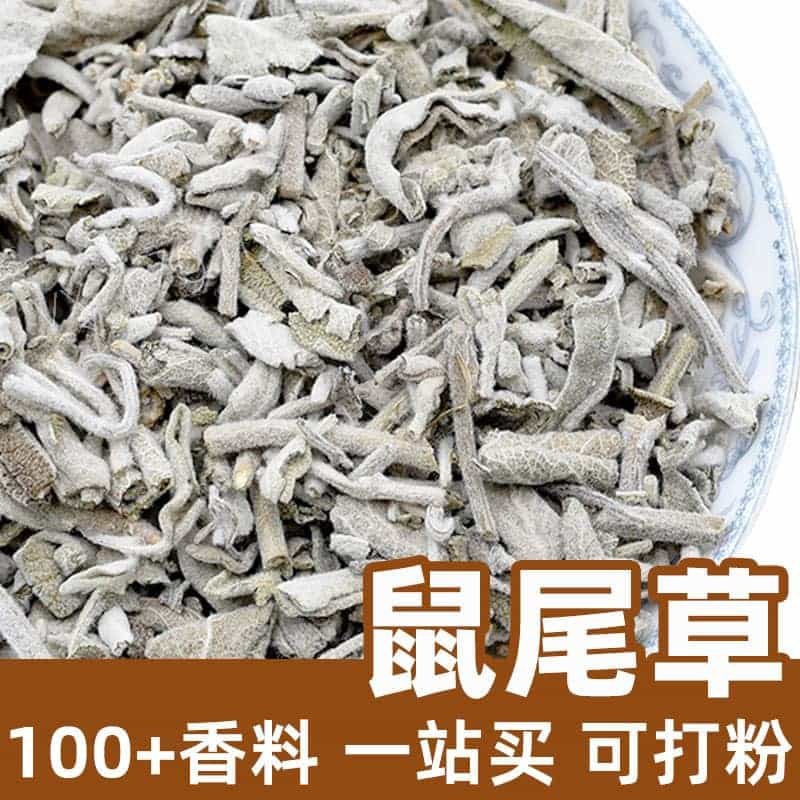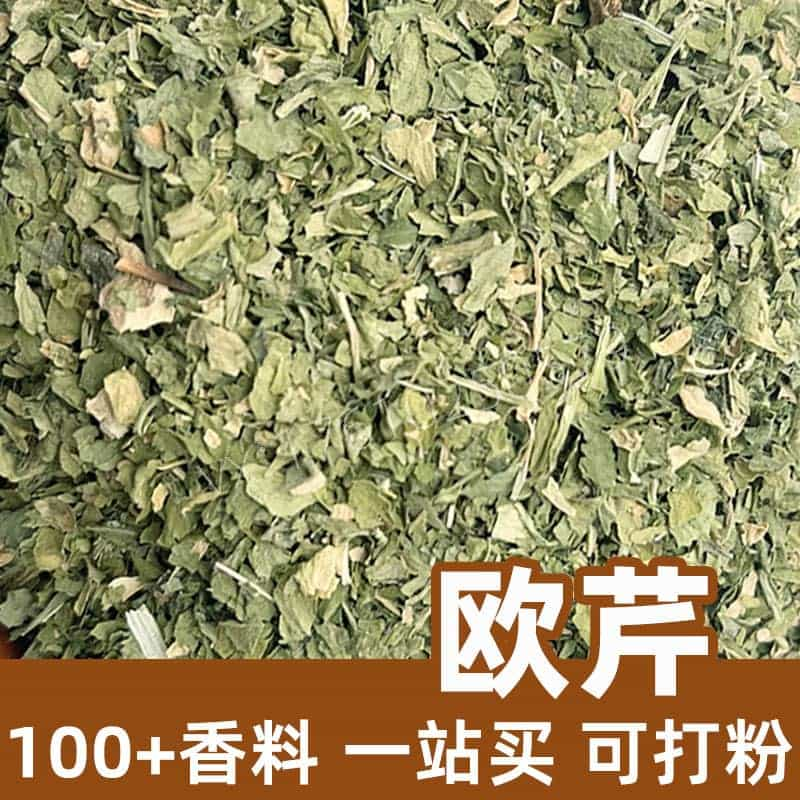Product Description
Cumin, also known as Ansil fennel, fennel, or cumin seed, is a common spice seed. It is small and elongated, usually brown. With its unique aroma and spicy flavor, cumin is widely used in cooking and herbal preparations to enhance the fragrance and taste of food.
Aroma and Chemical Composition
The distinctive aroma of cumin is mainly due to its chemical composition, particularly the volatile compounds cuminaldehyde and cumin ketone. These two compounds give cumin its characteristic fragrance and spicy taste.
In addition to cuminaldehyde and cumin ketone, cumin also contains other volatile oils, nutrients, and fiber, which contribute to its special flavor and nutritional value.
Types of Products
Cumin is primarily classified by its shape, color, and origin. Different regions and varieties of cumin have unique taste and flavor profiles. Additionally, cumin can be found in whole seed or ground form, catering to different cooking needs.
Usage Scenarios, Dosage, and Application
Cumin has broad applications in cooking and herbal preparations. Here are common uses and methods:
- Culinary Seasoning: Cumin is commonly used in cooking to add flavor and aroma to food. It can be used whole or ground, added to dishes for its unique aroma and spicy kick. Cumin is frequently used in Indian, Mexican, and Middle Eastern cuisines, such as in curries, chili powder, and kebabs.
- Herbal Application: Cumin is also used in herbal formulations, believed to aid digestion and have antioxidant properties. It can be made into herbal teas or other preparations for health and wellness purposes.
When using cumin, dosage and taste preferences can be adjusted as needed. Generally, moderate use is recommended to achieve the desired aroma and flavor.
Source Plant Information, Distribution, and Growth Environment
The botanical name for cumin is *Cuminum cyminum*, and it belongs to the parsley family. Originally native to the Mediterranean region, it is now widely cultivated worldwide.
Cuminum cyminum thrives in warm and dry climates and grows well in fertile soil.
The seeds are harvested from the fruit of the cumin plant and processed to become the cumin spice sold in markets.
Harvesting, Processing, and Storage
Cumin seeds are typically harvested once the fruit is fully mature. After harvesting, the seeds are husked and dried and can then be used or stored.
To maintain cumin’s freshness and aroma, it’s recommended to store it in a cool, dry place, preferably in a sealed container.
Summary
In summary, cumin (*Cuminum cyminum*) is a common culinary and herbal spice with a distinct aroma and spicy taste. It has a wide range of applications in cooking, herbal medicine, and seasoning, adding a unique aroma and flavor to food. Understanding the parameters, chemical composition, and usage of cumin can help maximize this spice's benefits, providing rich taste and nutritional value to food and herbal preparations.
Monica Sun is a seasoned expert in the natural raw materials industry, with over a decade of experience specializing in traditional Chinese medicinal herbs, spices, and fungi. She is skilled in the sourcing, processing, and application of these materials, emphasizing sustainability and innovation. Monica Sun has contributed to the development of high-quality natural raw materials that serve as essential components in functional foods, pharmaceuticals, and cosmetics, delivering tailored solutions to meet diverse market needs.









.jpg)


.jpg)


